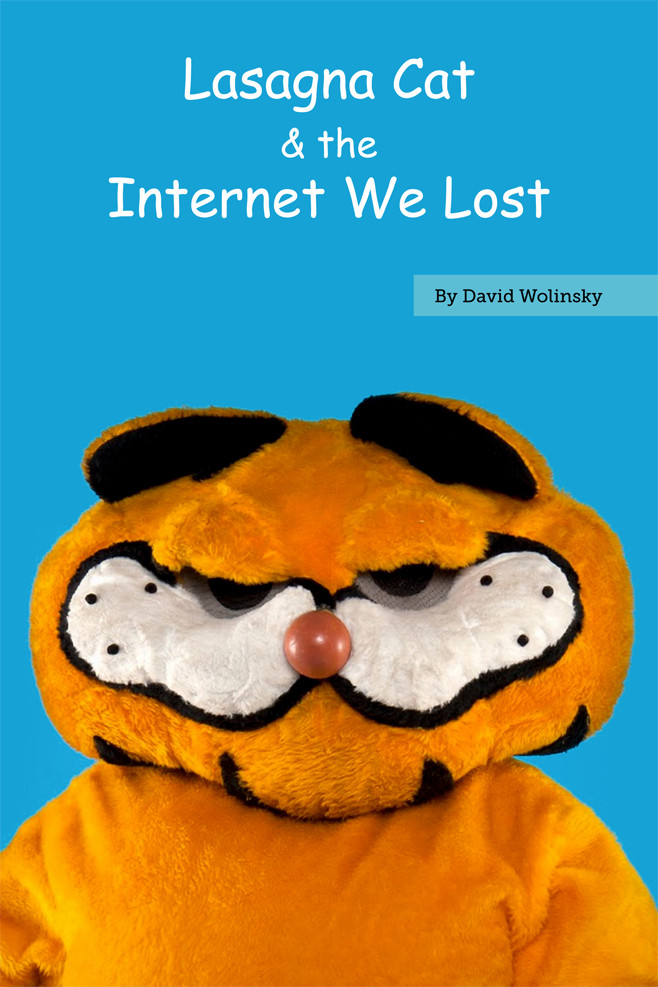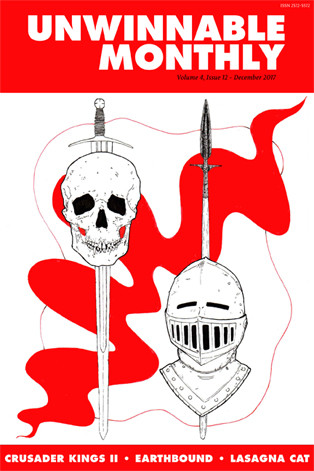Before the internet became the complex and sometimes overwhelming space we know today, it was a simpler place, filled with quirky humor and shareable videos – often featuring cats. In this early era of online video, YouTube was just emerging, becoming a go-to platform for creators to share their work and reach audiences without the technical hurdles of self-hosting. This was a time before YouTube stardom and monetization were widespread; back in 2008, the excitement was simply the ability to upload videos in 480p. Sharing content was about connection and amusement, pure and simple.
From this nascent digital landscape emerged creators who quickly gained traction, and Fatal Farm was among the pioneers. This video production duo, comprised of Jeffrey Max and Zach Johnson, became known for their distinct comedic style, often compared to Tim and Eric, characterized by unsettling, high-concept videos that blended satire with surprisingly high production values. In January 2008, Fatal Farm casually released a series of videos titled “Lasagna Cat,” building on their existing reputation for offbeat and understated humor, demonstrated in projects ranging from alternative TV show intros to the deceptive tech tutorials of their web series Infinite Solutions.
“Lasagna Cat” is a peculiar creation, functioning as both an homage and a playful subversion of Jim Davis’ beloved comic strip, “Garfield.” The format is consistent: each video begins with a low-key, live-action recreation of a “Garfield” comic strip, complete with a deliberately awkward laugh track, which then abruptly transitions into an elaborate, stylized remix music video. Despite its seemingly bizarre and unnecessary nature, “Lasagna Cat” unexpectedly propelled Max and Johnson into directing roles for Adult Swim’s Infomercials and Comedy Central’s Key & Peele, as well as commercials for major brands like Snickers, Oreo, and Old Spice. Interestingly, their intentions weren’t career advancement; they initially anticipated the “Lasagna Cat” videos would be taken down, hoping instead that they would be shared organically on platforms like eBaum’s World, a popular comedy hub of the time.
 A still from a Lasagna Cat video, showcasing its unsettling and surreal humor.
A still from a Lasagna Cat video, showcasing its unsettling and surreal humor.
However, at its core, Fatal Farm’s passion lies in humor that resonates specifically with the online experience. This deep appreciation is partly why, nine years after their initial digital breakthrough, they revisited “Lasagna Cat” in 2017 with 13 new installments. The revival began with an unconventional invitation for fans to call a toll-free number and leave messages detailing their number of sexual partners – a characteristic example of their boundary-pushing comedy. This particular video extended to nearly five hours and is, according to the original article, “worth watching until the end.” Unwinnable had the opportunity to speak with Fatal Farm about their decision to resurrect “Lasagna Cat,” their dedication to visual effects-driven comedy, the evolving landscape of internet nostalgia and sincerity, and their perspectives on the current state of YouTube.
The Decade-Long Hiatus of Lasagna Cat
When asked about the near decade-long gap between the original “Lasagna Cat” videos and the 2017 revival, Zach Johnson explained that professional maturation played a significant role. He mentioned feeling increasingly uneasy about using copyrighted music and characters without permission. While acknowledging that copyright infringement and character misuse are still prevalent online, he felt it was becoming increasingly “amateur” and “out of touch” to disregard licensing rights. Johnson humorously admitted feeling as embarrassed about using a Lady Gaga song without permission as he was about dedicating so much effort to revisiting Garfield.
Jeffrey Max echoed this sentiment, adding the practical challenges of creating content for YouTube without monetization. He described the situation as feeling “de-legitimizing” to tell people they were investing their own money into a YouTube web series that couldn’t generate revenue.
YouTube: From Open Mic to Business Platform
Johnson further elaborated on the shift in YouTube’s culture, noting its transformation from an “open-mic night” atmosphere to a more business-oriented platform. He expressed a sense of disconnect with the current YouTube landscape, feeling like an “old fogey” in his views. For him, early YouTube represented an “experimental playground” for video artists, a place where creators with influences from Adult Swim and original content could find an audience. He contrasts this with the contemporary focus on vloggers and community-driven content, suggesting a move away from the more artistic and experimental roots of the platform. Johnson emphasized that if Fatal Farm were to create another YouTube video, it wouldn’t be driven by partnership or monetization, maintaining a more detached and independent approach. He views anything uploaded to YouTube as potentially ephemeral, not expecting financial gain from it.
 Fatal Farm creators, Jeffrey Max and Zach Johnson, discussing Lasagna Cat in an interview with Unwinnable Monthly.
Fatal Farm creators, Jeffrey Max and Zach Johnson, discussing Lasagna Cat in an interview with Unwinnable Monthly.
Evolving Expectations and Artistic Integrity
Reflecting on the best-case scenario for YouTube creators nine years prior, Johnson affirmed that his expectations for the platform haven’t evolved with its changes. He hasn’t “grown mentally with the platform,” maintaining a somewhat nostalgic view of its earlier, less commercial iteration.
Max observed a perceived shift in effort and ambition on platforms like YouTube, suggesting that creators might not be striving as intensely as they once did. Johnson jokingly countered that “all the ambition is on Vimeo now,” before clarifying that this was a lighthearted jab and acknowledging YouTube’s positive impact on their careers.
When considering assumptions people might make about them due to their popular YouTube videos, Max speculated that their prolonged hiatus might have led to a perception of them as “stubborn” and “exacting,” uncompromising in their artistic vision. Johnson playfully described their approach as more akin to being a “YouTube hit-and-run terrorist” than contributing members of the YouTube community, emphasizing their independent and unconventional relationship with the platform.
In conclusion, “Lasagna Cat” remains a fascinating example of early internet video culture, viral comedy, and the evolving relationship between creators and platforms like YouTube. Fatal Farm’s unique blend of homage, parody, and unsettling humor continues to resonate, prompting reflection on the changing dynamics of online content creation and consumption.
